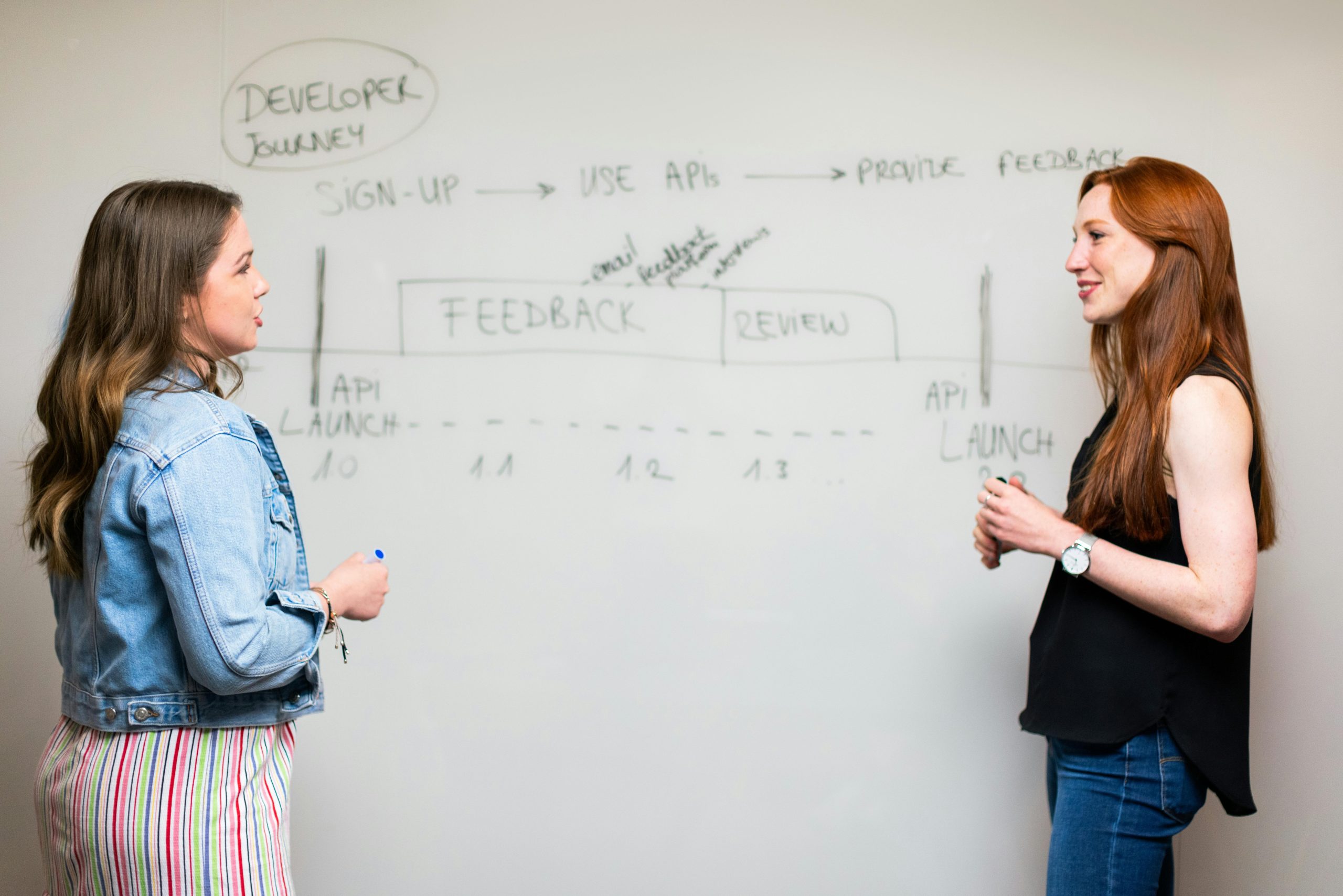Understanding Website Migration: Key Considerations for WordPress and cPanel Transfers
Embarking on your first website ownership transition can be both exciting and challenging, especially when moving from static designs to dynamic, PHP-driven platforms. If you’re stepping into managing a site hosted on cPanel without root access, there are several important aspects to be mindful of to ensure a smooth handover and successful customization.
- Assessing Hosting Environment and Access Limitations
Since your hosting setup is cPanel-based, you’ll primarily work within the confines of shared hosting permissions. This means:
– Limited control over server configurations.
– No root access, which restricts certain advanced optimizations.
Your initial task involves working within the public_html directory to upload and modify site files. Remember to back up existing files before making changes to prevent data loss.
- Understanding the Site’s Codebase
The website appears to run on a custom PHP CMS with legacy code and PHP version 7.4. Before making any modifications:
– Avoid altering the codebase initially; focus on analyzing and documenting its structure.
– Plan to refactor the code later by separating PHP logic from HTML, CSS, and JavaScript for easier future updates.
- Handling SSL Certificates and Security
Secure your site with HTTPS to protect user data and improve SEO:
– Check if your hosting provider offers free SSL certificates (e.g., via Let’s Encrypt).
– Install and configure the SSL through cPanel or your hosting dashboard.
– Test your SSL setup once implemented to ensure proper functionality.
- Managing Domains and Ports
Typically, SSL setup on shared hosting is straightforward, often occurring on standard ports (80 for HTTP and 443 for HTTPS). You usually don’t need to manage ports manually:
– Confirm your domain is correctly pointed to the hosting server.
– Ensure that SSL is enabled for your domain, and redirects from HTTP to HTTPS are in place.
- Downloading and Setting Up a Local Development Environment
To facilitate development and testing:
– Download the website files via cPanel’s File Manager or FTP.
– Export the existing database (if applicable) through phpMyAdmin.
– Choose a local environment like WAMP, XAMPP, or MAMP, which bundle Apache, MySQL/MariaDB, and PHP.
– Import the files into your local server directory.
– Import the database into your local database server.
– Verify the local setup’s PHP, MySQL, and Apache versions match or are compatible.
- Performing Site Migration and Development
Once

